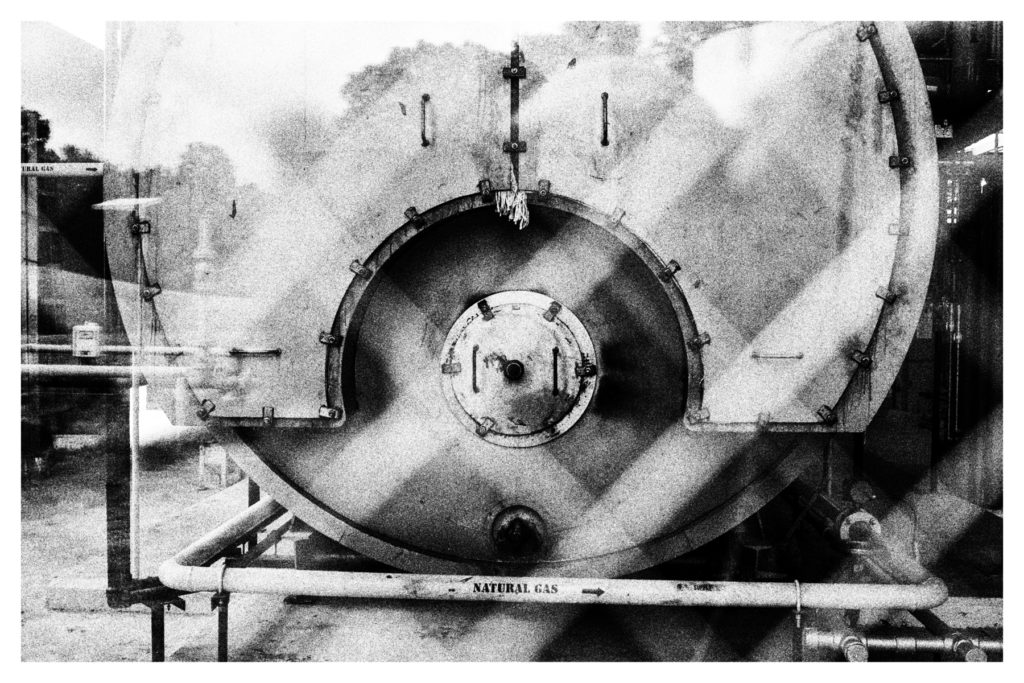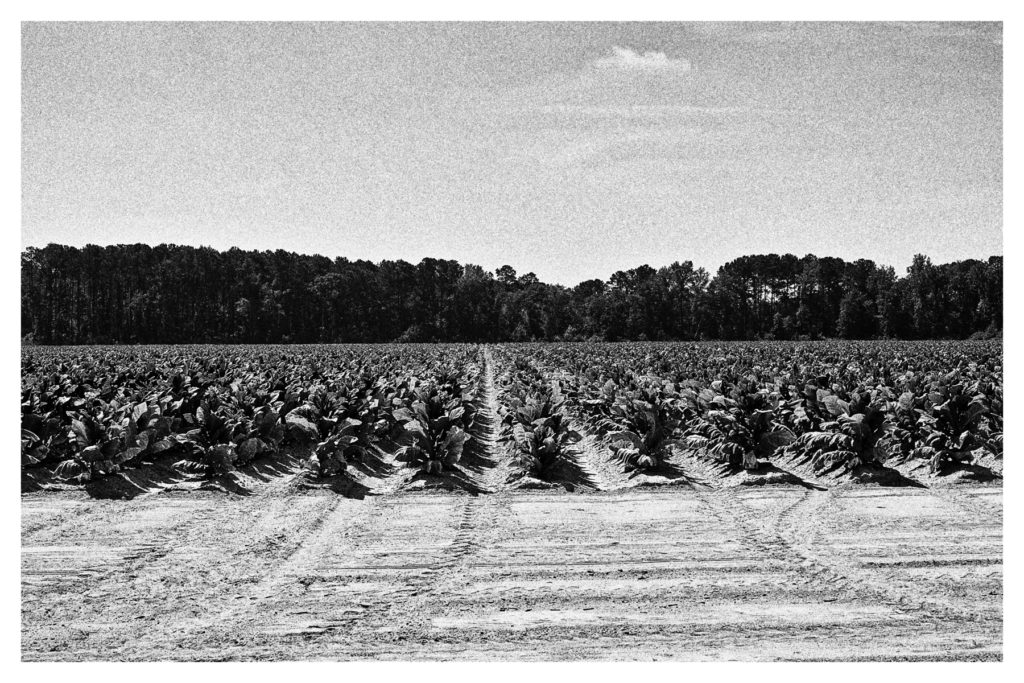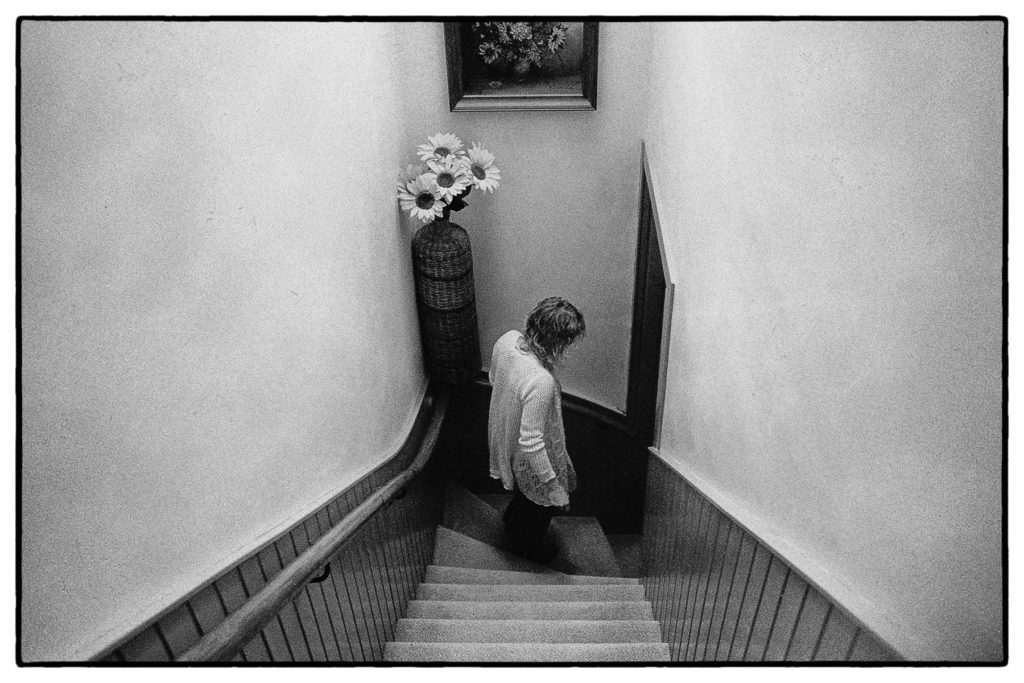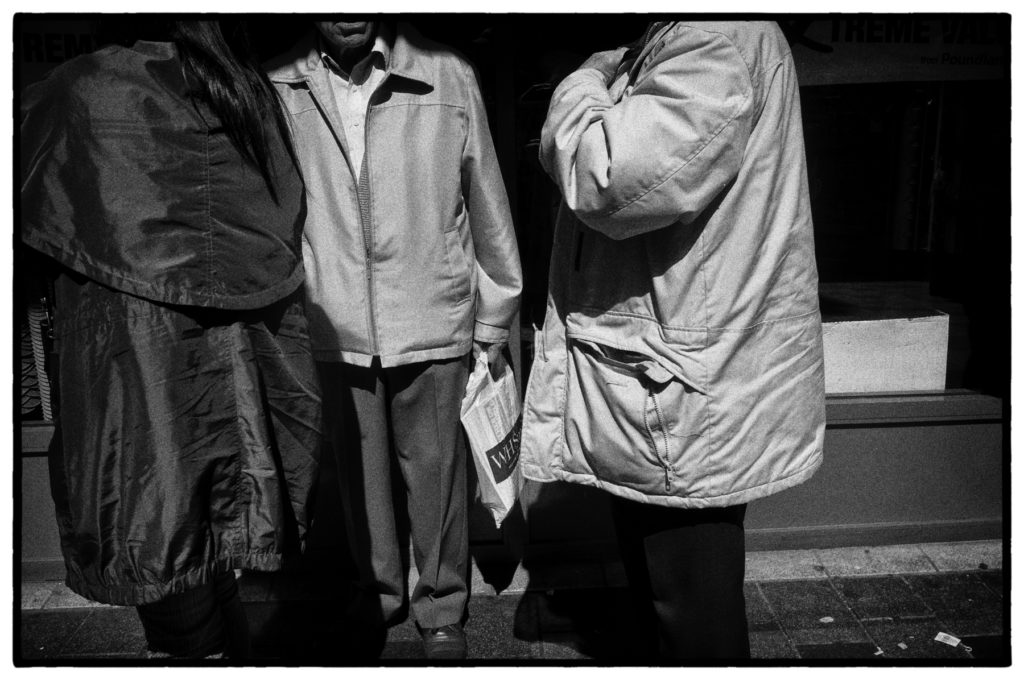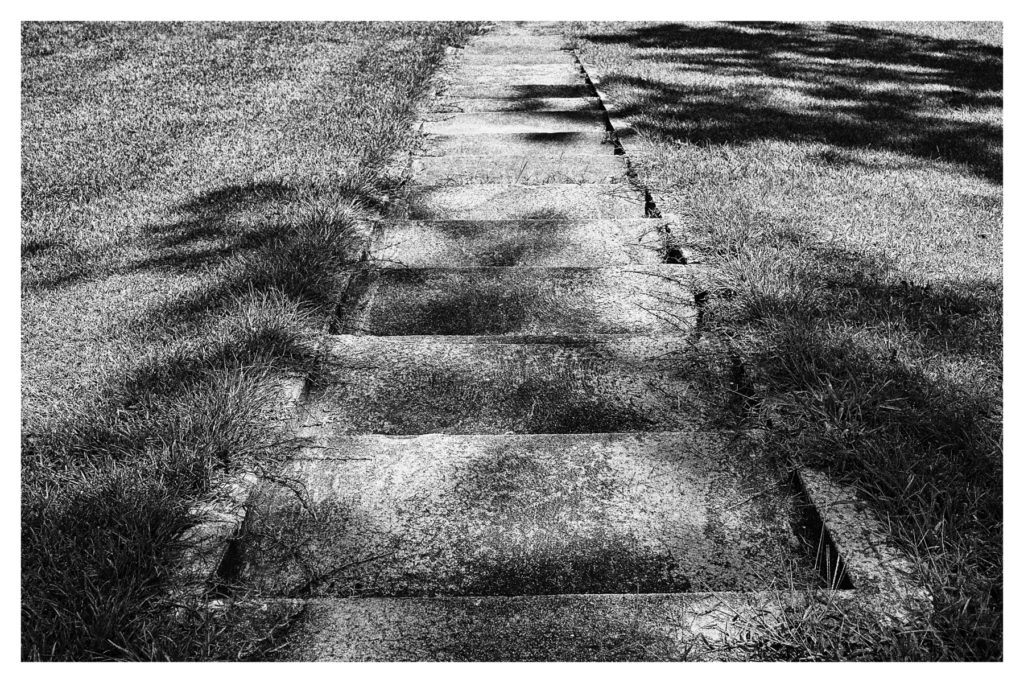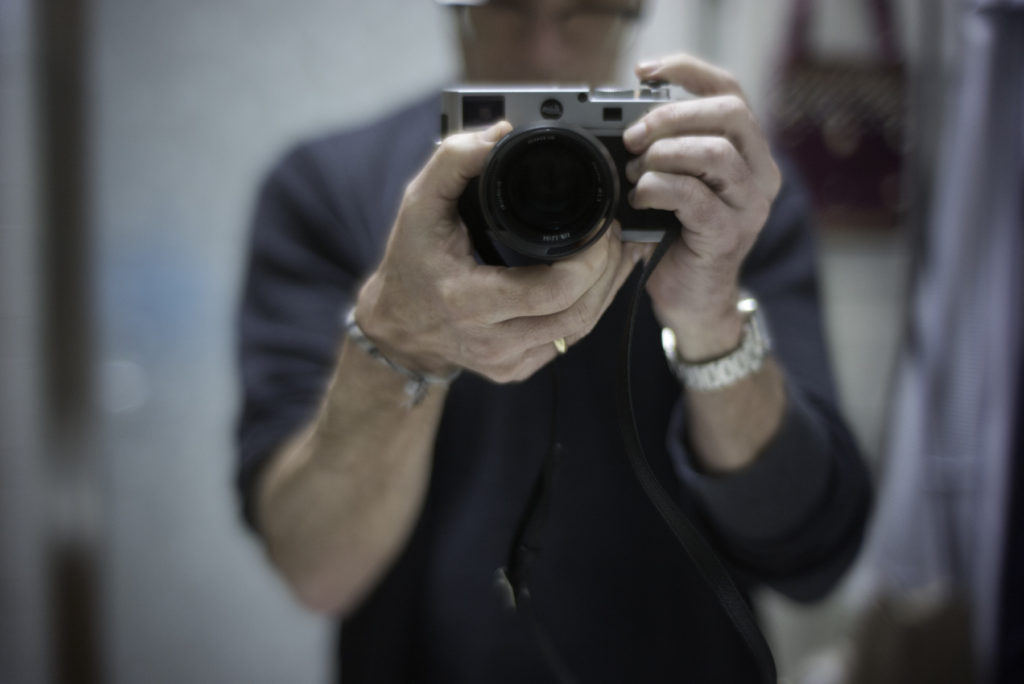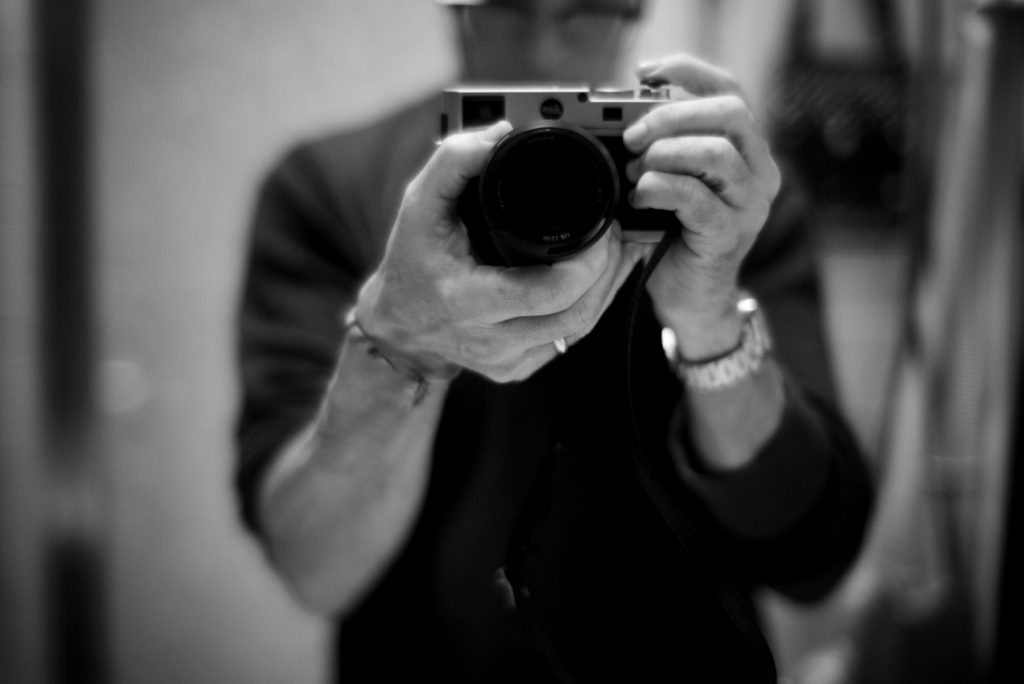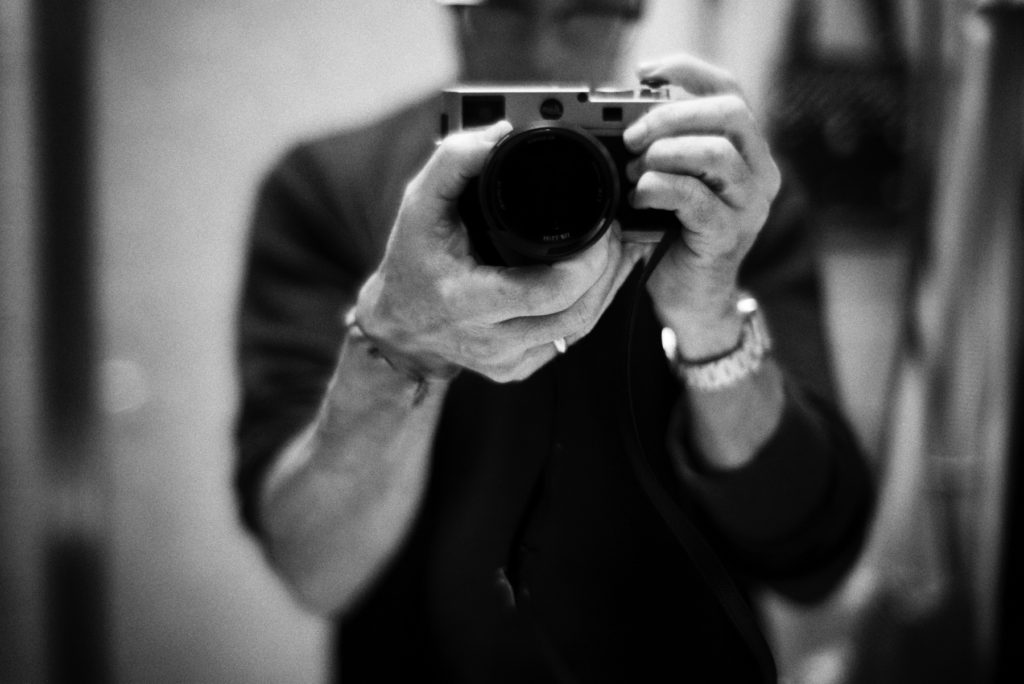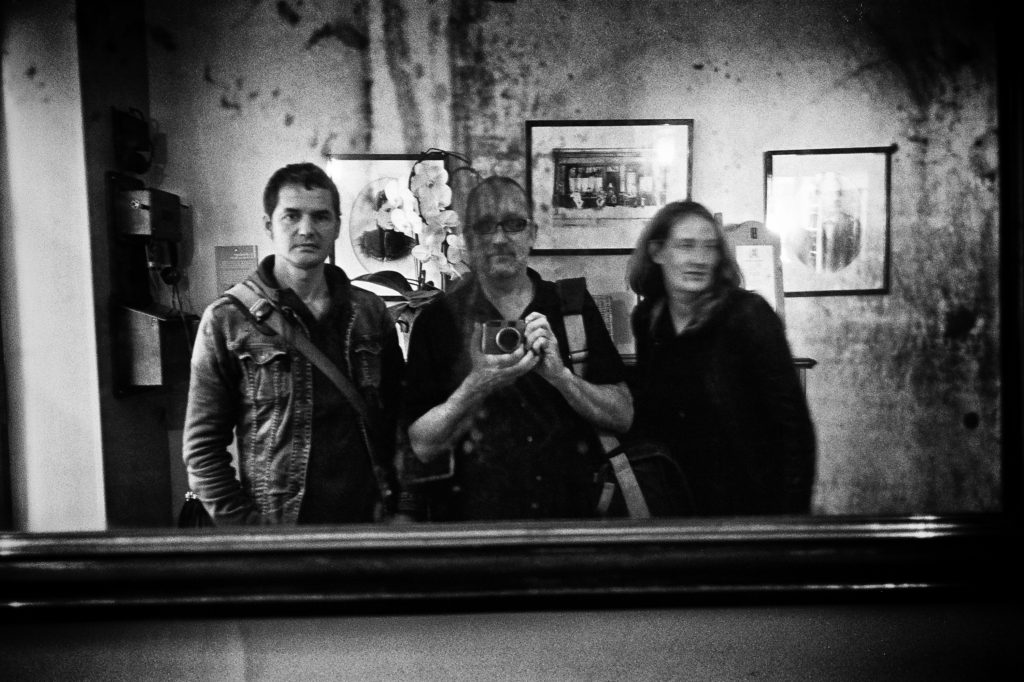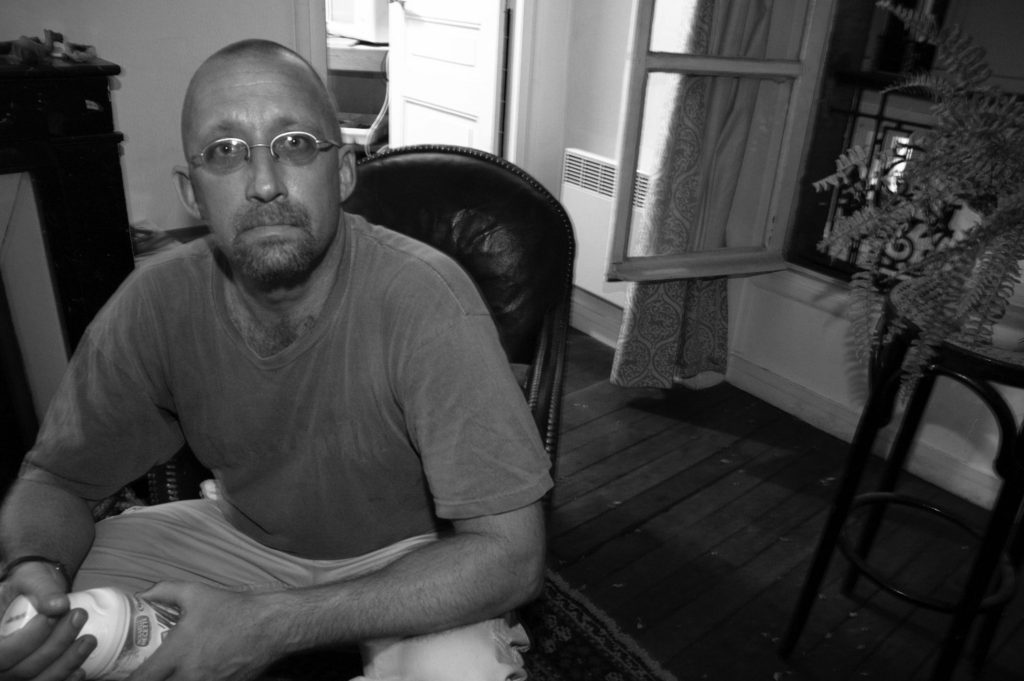I suspect that all of us Leica guys who learned our craft in the film era have a somewhat irrational fixation on “High Speed” Kodak Tri-X B&W film. It’s the film we grew up rolling into cartridges, shooting (oftentimes pushing to 1600 ISO), developing and printing. A complete end to end process.
Kodak first introduced Tri-X 1940 in sheets rated at ASA 200 and tungsten 160. It was one of Kodak’s first “high-speed” black and white films back when ASA 25 was the norm. Kodak released Tri-X in 35 and 120 formats in 1954, available in two speeds, ASA 320 (320TXP) and 400/27° (400TX) although I could never figure out why. Tri-X 400 was the more common of the two, available in 24- and 36-exposure rolls of 35 mm and rolls of 120 as well as 50 and 100 foot 35mm bulk rolls. Tri-X 320 was available in 4×5″, 5×7″, and 8×10″ single sheets.
Tri-X has undergone a number of minor engineering changes during its long history. An early change in ASA (ISO) speed from 200 to 400 around 1960 due to changes in the ASA standard rather than the film. In 2007 Kodak re-engineered the film for finer grain, receiving the new designation 400TX in place of TX or TX400. The amount of silver in the film stock was reduced. Lot’s of fans weren’t happy, suspecting the stock of morphing into a more tame version of the modern TMAX Kodak offerings.
Tri-X 400 and D76 go together like eggs and ham. Tri-X rated at ISO 400 when processed in D76 remains among the faster yet resolute black and white films today. In the film era, Tri-X photographers could change their results by using different developers (high acutance developers give more sharpness but more grain too) and by push-processing the film to higher ISO sensitivities. Pushing Tri-X to ASA 800 in a standard developer generally gets good results and pushing to 1600 is doable as long as you know what you’re doing i.e. using highly diluted developers with little or no agitation and extended development times. This is “stand” or “semi-stand” development, and can allow speeds up to EI 3200 or 6400. Of course, pushing past 800 and you’re going to have a lot of grain and contrast irrespective of the caution you take, especially if you agitate vigorously which some do to accentuate the grain.
My preferred method of shooting it is to rate it at ISO 800 and develop it in Diafine, a two bath speed enhancing developer that gives a true ISO for the film of 640. But then again, I develop everything in Diafine. It’s the closest thing to a miracle developer we have.
Tri-X was the film used by working photojournalists throughout the 50’s to the 70’s. It was manufactured by Eastman Kodak in the U.S., Kodak Canada, and Kodak Ltd in the UK. Kodak data-sheets once recommended different processing times depending on where the film was manufactured. Its sales declined in the 1970s and 1980s due to the falling price and increasing popularity of color film. Since the advent of digital photography, Tri-X is pretty much dead except as a vanity film for those of us trying to recapture the magic of our lost photographic youth. Given the ease of digital, and the various ways we’re now able to ’emulate’ the Tri-X look digitally, shooting 36 exposure rolls of Tri-X with all the attendant issues seems to me quixotic at best. There is hope, however.
*************

An Actual Tri-X Photo, 800 ISO Developed in Diafine.
‘Conflict Photographer’ Don McCullin has used Tri-X to excellent effect his entire career. McCullin, as of 2014 having accepted that Tri-X will one day no longer be available, is dreading the time. “I think in many ways it’s the news we’re all expecting at some point,” he says, “and having heard the rumours about Kodak I’ll be going out in the morning to buy 100 rolls to make sure I’ve got some stashed away!
“I would simply say that Tri-X is probably the greatest film ever to come into existence. I used it throughout the sixties, seventies and eighties, and I’m still using it in its medium-format form today for my landscape work. It’s still my favorite material. In terms of what film to use, there was no decision to make,” he says. “Tri-X was by far and away the best material around for the job I needed to do. There were other films that were also very good, such as Plus-X, but they were much slower and were best used when you weren’t likely to have the need to shoot in difficult conditions.
“I loved Tri-X because it was so versatile. You could always push it a stop to 800 ASA and give it longer in the developer to get you out of trouble if you had to. It meant that if the weather was bad or you were shooting indoors, you could carry on working.”
At the heart of Kodak Tri-X is grain. Over the years other ISO 400 B&W films have used new chemical technologies and are much smoother (Kodak TMAX 400, Ilford Delta 400, and Fuji Acros 400). But the rough and gritty feel of Kodak Tri-X continues to be popular, especially with those after a more traditional look. Grain is different than digital noise, regular in structure, tighter and less blotchy. Tri-X is also fairly high contrast, and has a tonal response that renders blues as lighter than reds or greens in black & white.
*************
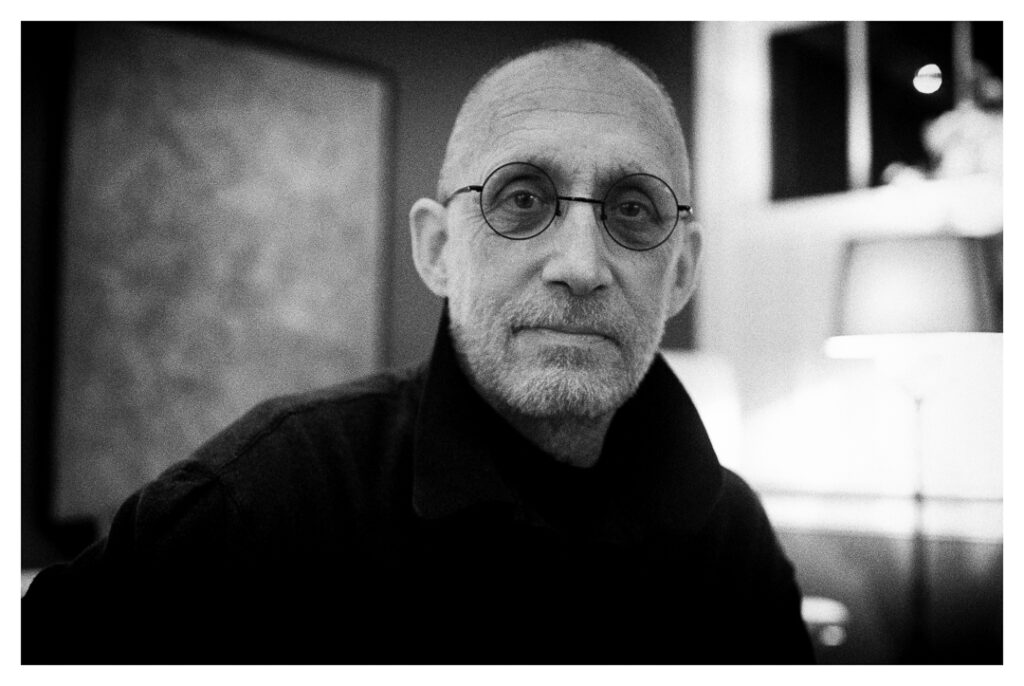
Digital Tri-X. Nikon D200, 90’s Era 24mm Nikkor AF, ISO 800 RAW, Run Through Tri-X Silver Efex Exposure Curve and Grain Emulation
It’s instructive to note that the clasic Tri-X film look wasn’t based solely on the film’s inherent qualities and/or the manner in which it was processed and printed. The “Tri-X Look” was a function of any number of film era variables – less resolute film ( approx 6mp equivalent), less resolute film era optics that softened the inherent grain. Duplicating this with a digital camera is an art unto itself. I’ve found that 24+ mpg sensors give files that are too dense for the grain emulation of Silver Efex, even when increasing size of the grain to match the increased density. Modern corrected lenses just don’t seem to work either; results are too sharp and ‘clinical.’ Likewise, my Leica M9 Monochrom’s files are just too clean and don’t look right once you subject them to film emulations. And Forget about the Foveons, even though they remain my favorite for digital B&W; too sharp and tonally subtle…why dumb down such beautiful output? They’re more like digital Panatomic-X.
In my experience, the perfect digital camera set up to duplicate Tri-X via Silver Efex or simply with grain emulation in Lightroom is the 10 mpix CCD Nikon D200 coupled with an early AF Nikkor or a manual focus E-Series Nikkor shot at ISO 800. The Ricoh GXR 10 MP M-mount with a classic Summicron (or a Jupiter 8 for that matter) is also a good option. The limited dynamic range of the D200 CCD sensor shot at 800 seems similar to the native dynamic range of Tri-X (it also gives just a hint of noise that the emulated grain covers seamlessly), and the softer, less clinical rendering of the 70’s – 90’s pre-computerized era Nikkors seem a good match for the types of film era lenses people like Don McCullin was using to such beautiful effect. So, after much experimentation, my Digital Tri-X setup is a Nikon D200 with a 24mm 2.8 AF Nikkor, shot at ISO 800 in RAW, developed in Lightroom and then sent to Silver Efex for judicious (light touch) use of the Tri-X emulation curves. I typically choose the default grain amount and only make marginal edits to brightness and contrast where needed. Which is all to say that you don’t need the latest and greatest to get the results you want. It’s all about putting the variables together properly.

Voila! Digital Tri-X!
**************
Post-Script: Having said all this, If I had to choose between shooting Tri-X and shooting Ilford HP5, I’d being shooting the HP5. HP5 has a tonality that Tri-X can’t match…and it also has wonderful grain. And you can push it to ISO 1600 too. Like Tri-X, I shoot it at 800 ISO and develop in Diafine.


